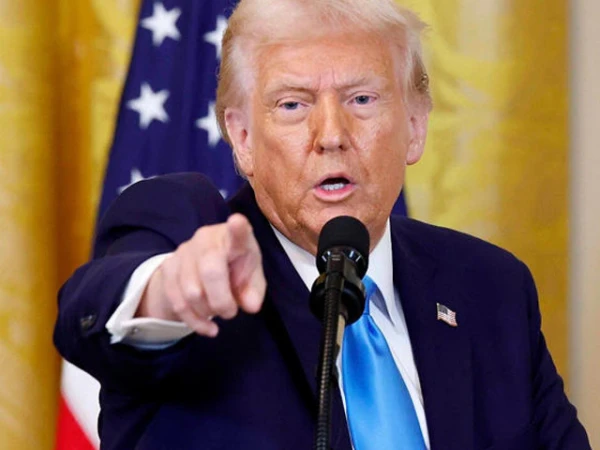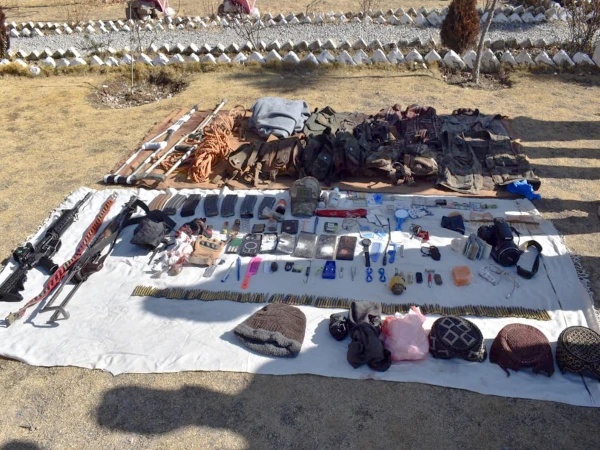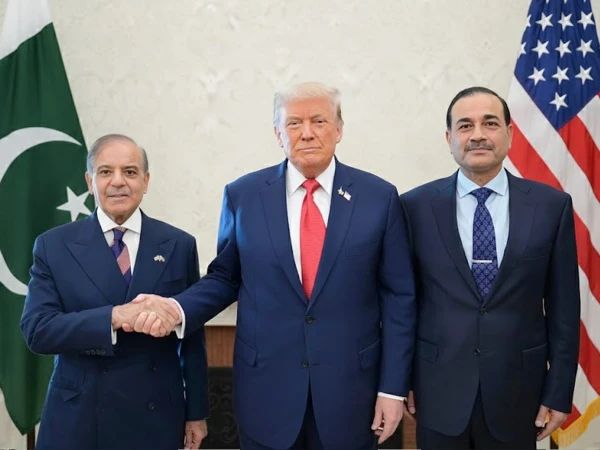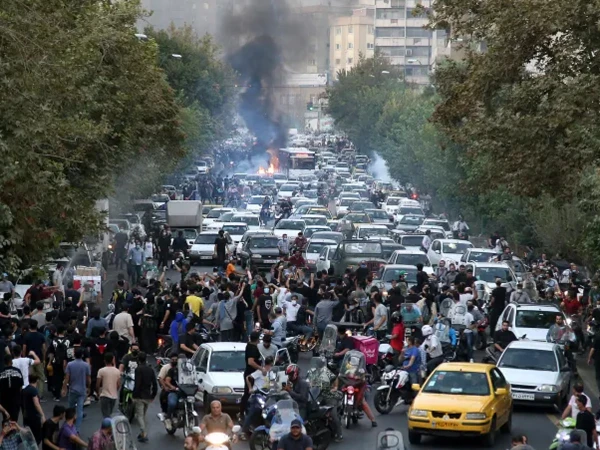M AHSAN RABBANI

Introduction
Human rights organizations have long stood as guardians of dignity, justice, and equality.From war-torn regions to repressive regimes, they have served as global watchdogs and advocates for the voiceless. Yet, while their contributions are invaluable, these organizations also face significant challenges that can limit their effectiveness. This article explores the dual nature of their role celebrating their achievements while honestly evaluating the limitations they encounter in their global mission.
Contributions of Human Rights Organizations
- Monitoring and Documentation
One of the primary functions of human rights organizations is documenting abuses. Through extensive fieldwork, interviews, satellite imagery, and open-source investigations, organizations like Amnesty International and Human Rights Watch provide credible reports that highlight violations. These documents often become key references for international bodies such as the United Nations or the International Criminal Court (ICC).
- Advocacy and Awareness
Human rights groups are instrumental in raising awareness. By leveraging traditional media and digital platforms, they bring global attention to local injustices. Campaigns such as #BringBackOurGirls or Free Nasrin have mobilized public opinion and, at times, influenced diplomatic action.
- Legal Support and Litigation
Many organizations offer legal aid to victims of human rights abuses. They file lawsuits, support asylum seekers, and advocate in international courts. Strategic litigation, such as those brought by the Center for Constitutional Rights, has set important legal precedents in areas such as torture, arbitrary detention, and refugee rights.
- Policy Influence
Human rights organizations contribute significantly to shaping laws and policies. Through lobbying, research, and direct engagement with governments and international bodies, they influence decisions related to migration, indigenous rights, freedom of expression, and more.
- Capacity Building and Grassroots Support
Beyond top-down advocacy, many organizations work at the grassroots level. They train local activists, strengthen civil society institutions, and provide resources for human rights education. This helps foster sustainable, community-driven change from within.
Limitations and Criticisms
- Political Bias and Selectivity
A common criticism is the perceived selectivity in focus. Some argue that human rights organizations tend to spotlight certain countries—often adversaries of powerful nations—while downplaying or ignoring abuses committed by allies. This perceived bias can undermine their credibility and feed into narratives of political manipulation.
- Limited Enforcement Power
Despite their influence, most human rights organizations lack enforcement mechanisms. They cannot impose sanctions or prosecute violators directly. Their effectiveness relies heavily on the willingness of states and international institutions to act on their findings.
- Security and Access Restrictions
Operating in conflict zones or under authoritarian regimes presents significant risks. Activists may face arrest, surveillance, or even violence. Organizations are often denied access to affected areas, which hampers firsthand investigation and weakens the accuracy or comprehensiveness of reports.
- Donor Dependency and Agenda Setting
Many human rights organizations rely heavily on funding from Western governments or private foundations. This financial dependency can, at times, influence their agenda or make them hesitant to criticize their benefactors. The challenge of balancing funding with impartiality is a persistent dilemma.
- Fatigue and Desensitization
In a digital age saturated with information, constant exposure to human rights abuses can lead to compassion fatigue. Audiences may become desensitized, and the impact of campaigns can wane. This reduces public pressure—one of the key levers these organizations use.
A Balanced Perspective: The Path Forward
While not without flaws, human rights organizations remain a cornerstone of global justice. The world has witnessed their impact from the release of political prisoners to the drafting of international treaties and influencing transitional justice after genocides or civil wars.
To enhance their role, these organizations must embrace transparency, diversify funding sources, and invest in local partnerships. Emphasizing collaboration over confrontation can yield better outcomes, especially in cultures or regimes where trust is hard to earn.
Additionally, integrating new technologies, such as AI for analyzing human rights data or blockchain for ensuring evidence integrity, can make their work more resilient and impactful.
Conclusion
Human rights organizations play an indispensable role in the global fight for justice and human dignity. Their achievements, though sometimes overshadowed by limitations, have saved lives and shaped global norms. Acknowledging their challenges does not diminish their value it provides a roadmap for strengthening their mission. In a world where rights are increasingly under threat, these organizations must continue evolving, adapting, and persevering in their quest to hold power accountable and protect the most vulnerable.







